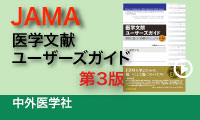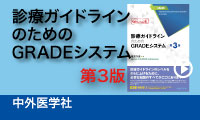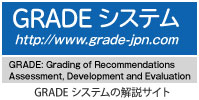RCTや観察研究(コホート研究、症例対照研究)によって曝露とアウトカムとの関連(association)があることが確かめられたらば、次の問題は、観察された関連がはたして因果関係(causal relationship)がどうかということです。因果関係の推定においてはBradford Hillが提案した9項目が有名ですが、観察研究からのエビデンスの質を評価する際のGRADEアプローチはBradford Hill基準のほとんどを適切に組み込んでいることが発表されています。
因果関係のためのGRADEアプローチとBradford Hill基準(grade_vs_bradford_hill_ma.pdf)
| Bradford Hill基準 | GRADEにおける考慮 |
| 基準1:関連の強さ(Strength of the association) | Strength of association and imprecision in effect estimate |
| 基準2:一貫性(Consistency) | Consistency across studies, ie, across different situations (different researchers) |
| 基準3:時間的関係(Temporality) | Study design, specific study limitations; RCTs fulfil this criterion better than observational studies, properly designed and conducted observational studies |
| 基準4:生物学的用量反応勾配(Biological gradient) | Dose-response gradient |
| 基準5:特異性(Specificity) | Indirectness |
| 基準6:生物学的妥当性(Biological plausibility) | Indirectness |
| 基準7:整合性(Coherence) | Indirectness |
| 基準8:実験(Experiment) | Study design, randomisation, properly designed and conducted observational studies |
| 基準9:類似性(Analogy) | Existing association for critical outcomes will lead to not downgrading the quality, indirectness |
文献
● Bradford Hill A: The Environment and Disease: Association or Causation? Proc R Soc Med. 1965 May; 58(5): 295–300.
● Schunemann HJ, Hill S, Guyatt G, Akl EA, Ahmed F: The GRADE approach and Bradford Hill’s criteria for causation. J Epidemiol Community Health 2011; 65:392-395. doi:10.1136/jech.2010


